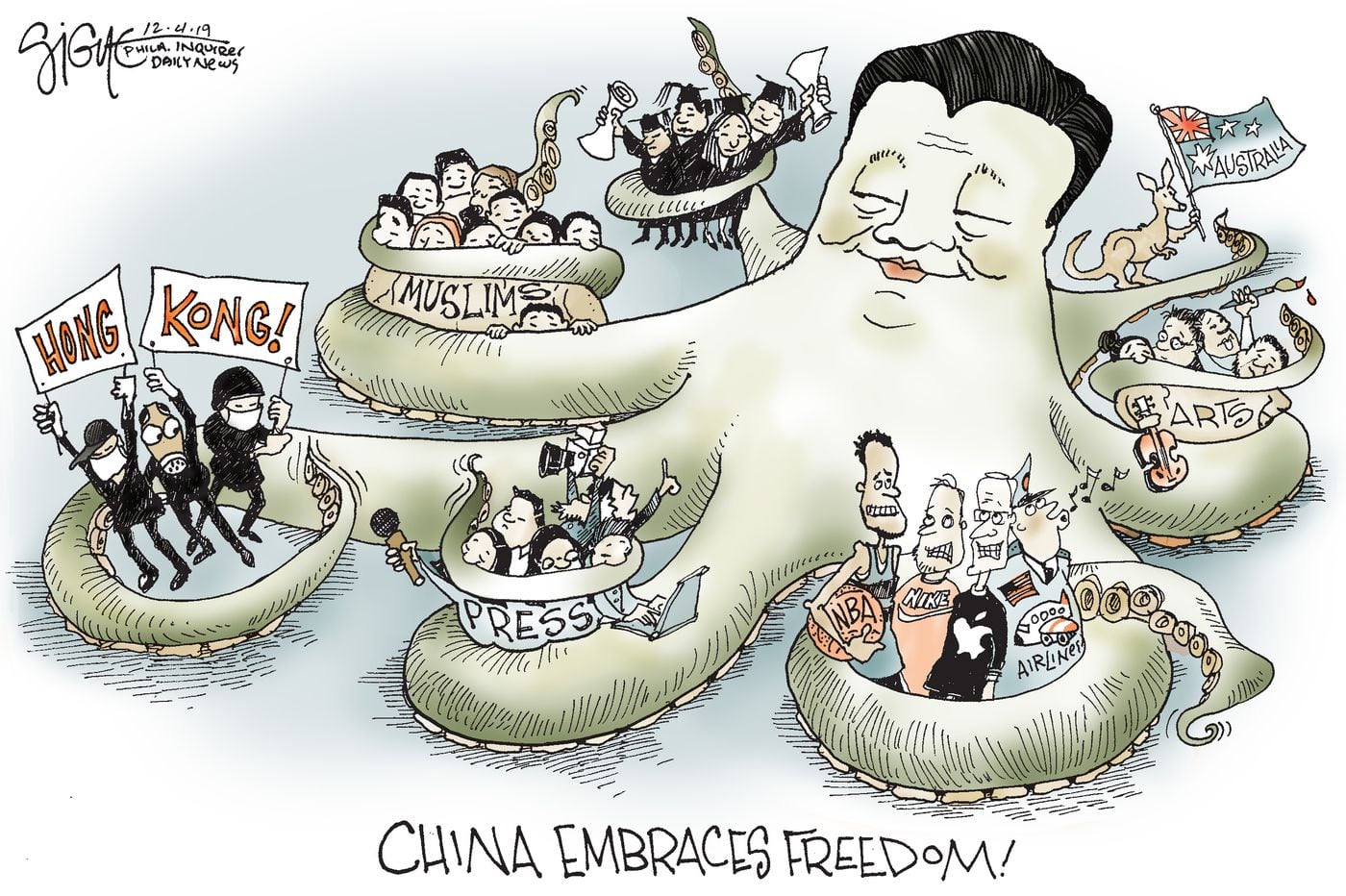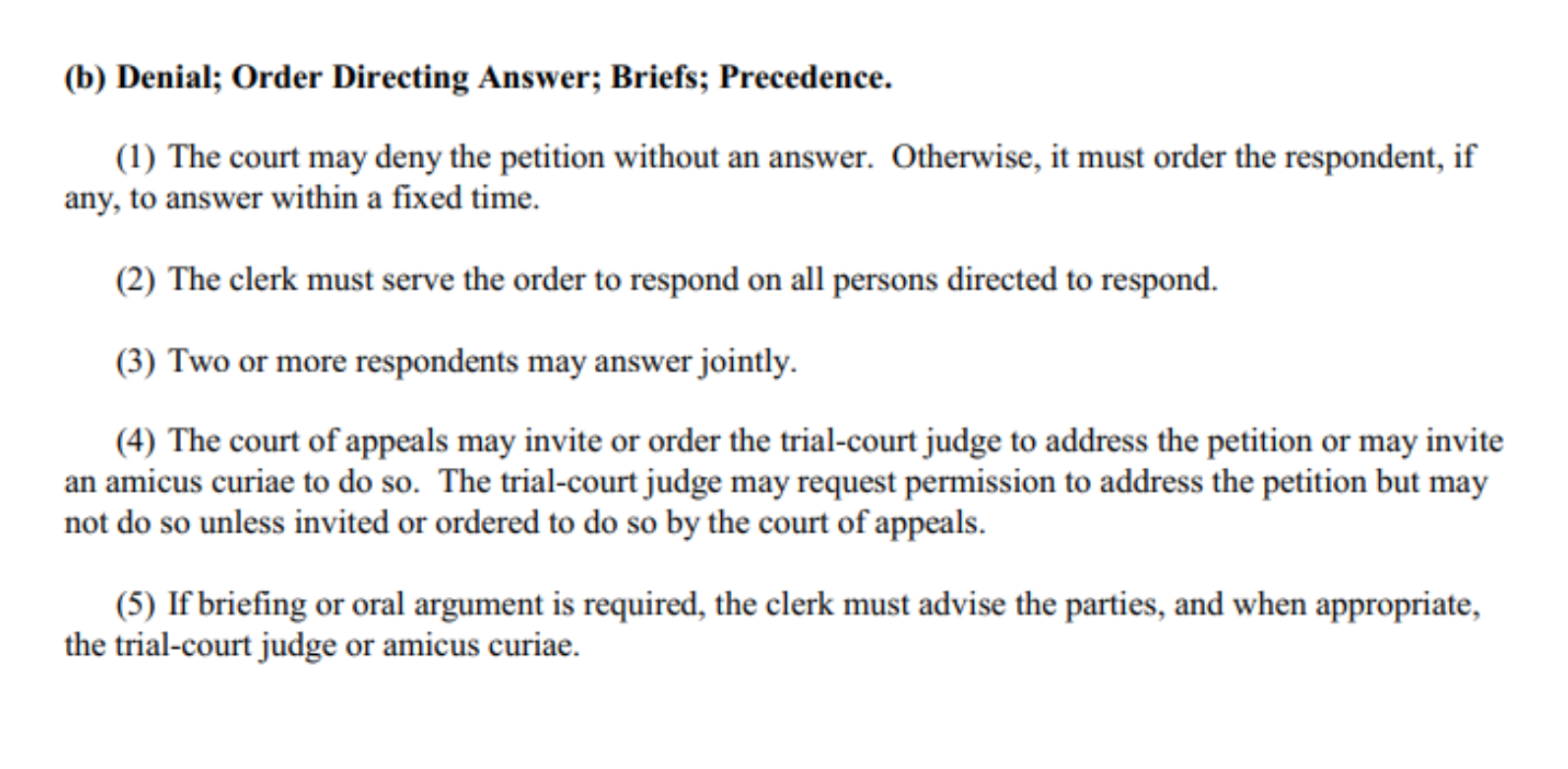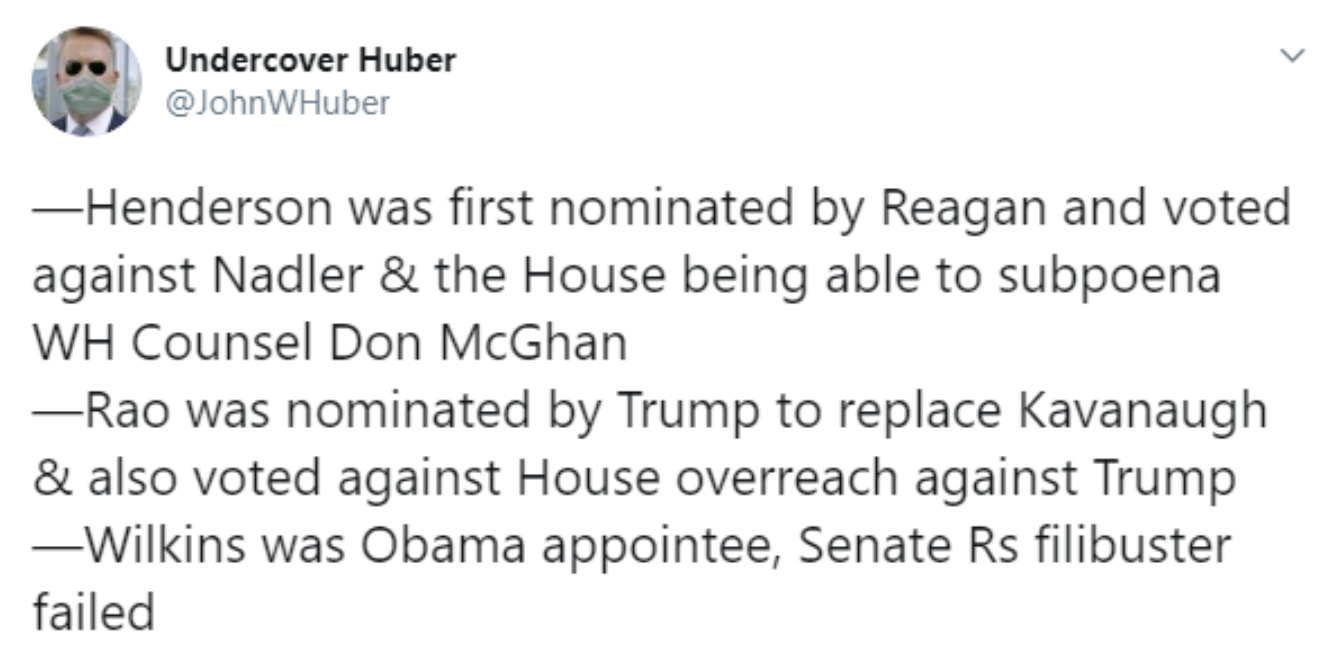You may have recently noticed that Susan Rice has
called for the release of the transcript of the conversation between Michael Flynn and Russian Ambassador Sergey Kislyak:
However, what many people do not realize is the motive for Susan Rice to call for the release of this transcript. This aspect of the intercepted communication is very interesting.
First, there is nothing damaging in the content of the Flynn-Kislyak call. We know there is nothing damaging in the transcript because the call was made on December 29, 2016; and the FBI investigators who intercepted the call reviewed the call content; and five days later on January 4, 2017, the same Washington DC field office of the FBI
wanted to close the investigation of Michael Flynn having “found no derogatory information.”
If there had been something damaging within the call to either the incoming Trump administration, or Michael Flynn himself, the FBI would not be saying they have found nothing derogatory and they were closing the Flynn investigation five days after the call.
Additionally, we also know there was nothing damaging or inappropriate within the call because Robert Mueller’s investigators
outlined the content:
Flynn requesting that “Russia not escalate the situation” or get into a “tit for tat” is not inappropriate, impolite, undermining of Obama foreign policy, or violating any norm of diplomatic political standards during a presidential transition. Incoming National Security Advisor Michael Flynn simply said don’t “escalate” beyond standard reciprocity.
So the “transcript” of a call that was already reviewed by FBI investigative monitors -who found no issue- and reviewed by the special counsel -who found nothing of issue- isn’t going to all of a sudden present damaging optics for the Trump administration three years later. [I put “transcript” in quotation marks for a reason; I will explain below.]
The bottom line is any transcript released today, if there is one, is a nothing-burger.
So why is Susan Rice advocating for the release of the transcript?
Here’s where things get interesting…
Remember, the objective of Susan Rice and her lawyer, former White House counsel and Obama ‘fixer’ Kathryn Ruemmler, is to protect President Obama and the former administration. Obama, Rice and Ruemmler know the transcript angle is a nothing-burger; however, the transcript does one thing very clearly…. It puts the burden of consequence for the use of the transcript squarely on former FBI Director James Comey.
I suspect, very heavily, Susan Rice is requesting release of full transcript because she knows it was non-existent to the Obama White House. That fact puts more distance between Obama and Comey; and that paints the FBI operation against Flynn as rogue. The distance here was/is ongoing goal.
This gets a little nuanced; but the REAL story is in the weeds.
In early January 2017 DNI James Clapper was asked by the White House to find out why the Russians were not escalating the issue over sanctions by reacting with more ferocity to the action of President Obama. As James Comey
testified, the intelligence community was tasked to “review all intelligence for an answer.”
FBI Director Comey reviewed the content of the Kislyak-Flynn interception and briefed DNI James Clapper on the “Flynn cuts.” The “cuts” are essentially raw intelligence summaries of the intercept.
DNI Clapper
requested “copies” (plural) of the intercepted raw intelligence summaries known as “
CR cuts” (Flynn is Crossfire Razor “CR”); and using the copies of the intercept summaries DNI Clapper briefed President Obama on January 4, 2017, thereby answering the question about why the Russian’s were not reacting more severely.
However, the outcome of DNI Clapper briefing President Obama, with what Deputy Director Andrew McCabe
described as “a summary document” that wasn’t an official “intelligence product”, was the White House now being officially informed of an open FBI investigation against incoming NSA Michael Flynn. The White House was now infected with knowledge of the investigation…. and that could be a potential problem later on.
The knowledge of an investigation into the incoming administration; and the document trail created by Clapper/Comey; created a need for President Obama to have the pull-aside meeting with FBI Director James Comey the next day, January 5, 2017.
The purpose of the meeting was to create distance from an explosive & political issue. The outgoing administration needed distance from James Comey. Everything written in
Susan Rice’s memo about the meeting is specifically worded to create that distance.
Susan Rice
writes: “The President stressed that he is not asking about, initiating or instructing anything from a law enforcement perspective”, adding three times that President Obama instructed Comey to handle everything “by the book.” In essence the way Susan Rice framed the conversation was to place James Comey as specifically responsible for anything that happens.
Now, FBI Director James Comey isn’t stupid, and he would have immediately picked up on how he was being positioned outside the protective wire and completely on his own. Being a very political FBI Director, Comey would know exactly what the purpose of these specific words and instructions from the President implied.
Rice’s
memo, written with the advice of
White House counsel, is specifically worded to create distance. You might say the White House was leaving Comey holding the proverbial bag; and setting him up to be the ‘
fall guy‘ if things went sideways.
This is the point where we need to put ourselves in Comey’s very political shoes. Comey knows the purpose of that meeting. Comey also knows essentially Obama is saying he didn’t authorize an investigation of Flynn and Obama is not going to protect Comey.
So what exactly was Comey tasked to do on behalf of the White House?
The only thing (provable) the FBI was specifically tasked to do was find out the reason for Russia’s behavior or lack thereof. That’s it. Comey carried authority to produce the intercepted “tech cuts”; and as an outcome of the task share them with DNI Clapper. But that’s the end of the White House/DNI tasking authority to the FBI against Flynn.
Director Comey was not tasked, authorized or requested to produce a transcript of the intercepted phone call; and he was not tasked to do anything else with it. From the perspective of Obama, Comey’s task was complete January 5th, anything more is on him.
The lack of investigative authority toward Flynn is a key point to consider as we look at the internal FBI debate. Remember, the day before the Obama/Comey conversation the FBI investigators had already determined there was “no derogatory information” and they were going to close the investigation. Additionally, there was nothing of issue within the Flynn-Kislyak call content itself.
Anything, including legal risk from an abuse of power, after that January 5th meeting was now completely on Director Comey and Deputy Director Andrew McCabe’s shoulders.
With that in mind, the debate with FBI Director of Counterintelligence Bill Priestap, and the January 23/24, 2017, meetings where Priestap is taking notes of conversations with Comey and McCabe, take on a new and narrow focus.
The FBI small group (Comey, McCabe, Baker, Page, Priestap, Strzok, Pientka) together with the DOJ small group (Yates, McCord, Guahar, Moffa) had proposed a wild theory about accusing Flynn of Logan Act violations. Somehow, despite their own investigators saying there was nothing derogatory, the group was determined to eliminate Flynn.
The crew was leaking to the media for support; but even with the severe echo chamber Bill Priestap had reservations writing
in his notes during their meeting “I believe we should rethink this.”
The FBI team led mostly by Comey, McCabe, Page and Strzok never even told the main justice crew about the decision to interview Flynn until after it was over, according to Deputy AG Sally Yates.
The FBI wasn’t tasked by anyone else to interview Flynn four days after the inauguration. The content of the Flynn-Kislyak call was fine according to the DC FBI investigators; and the controversy was generated by their own ‘small group’ media leaks and narrative engineering. So ultimately what was the authority to interview Flynn?
According to the outside review by Missouri U.S. Attorney Jeff Jensen there wasn’t any legal reason or justified authority to conduct the interview. Hence, Jensen recommended to AG Bill Barr that the DOJ just drop the case; and they did.
The only FBI “pre-authorized” evidence was the gathering of the tech summary or “cuts” from the intercept. There was no task or authorization to generate a transcript or do anything further. James Comey would know that, and he would definitely know from the earlier conversation with President Obama that he was all alone.
With that in mind, do you think Comey would assemble an actual transcript for use in the Flynn interview that Main Justice was never informed was going to happen? Or, would it be safer to stick with the “CR Cuts” and summaries that FBI Agent Strzok and FBI Agent Pientka saw, reviewed and knew about?
In the aftermath of the interview; and amid six months where nothing was done as a result of the interview; and amid all of the subsequent congressional requests for the transcript with no results; and amid all of the special counsel indictment filings against Flynn; and amid all of the legal proceedings against Flynn where the transcripts were requested (defense) and later ordered (judge) over two years; and not produced by prosecutor (Van Grack et al) there is zero evidence the Flynn-Kislyak transcript(s) even exist.
The reality is: there is 100 percent evidence the Flynn transcripts were never used in any proceedings, including legal proceedings; and zero percent evidence they even exist.
When we consider there is nothing derogatory within the Flynn-Kislyak conversation; and the only Flynn issue is how the FBI framed the content of answers to questions about a transcript the FBI has never admitted to exist, or presented to prove their case…Well, is it possible all of the efforts against Flynn were constructed from the use of “tech cuts” or “CR cuts” or summaries of the intercept?
That possibility is only real because the transcripts have never been identified.
The FBI, the DOJ, the special counsel, and the specific prosecutors have never stated they ever held an official transcript beyond the evidence of the call summaries identified above.
Could it be the DOJ bluffed Flynn into a guilty plea with: (1) threats against Mike Flynn Jr, (2) a fabricated 302 written/edited/shaped AFTER the interview, and (3) a non-existent transcript?
We know 1 and 2 did happen… should we prepare for 3?
DNI Ric Grenell Declassifying Flynn-Kislyak Transcripts: “The IC doesn’t have all the transcripts/summaries….it wasn’t our product”
Acting Director of National Intelligence Richard “Ric” Grenell announced today he is in the process of declassifying the transcripts of the calls between Russian Ambassador Sergey Kislyak and former National Security Advisor Michael Flynn.
Within
a twitter response by Grenell, part of the riddle behind the transcripts gets a little more clarity: “The IC doesn’t have all the transcripts/summaries…. it wasn’t our product.”
The implication here is the U.S. Intelligence Community (IC) did not generate one of the transcripts; that evolved into an FBI equity, and was later used in their case against Lt. General Michael Flynn. The December 29, 2016, intercept was not exclusive to the U.S. intelligence apparatus, and the call summary became proprietary to the FBI; the agency exploiting the underlying content.
This makes sense and explains how the FBI was able to manipulate the framework of the call and keep the remaining U.S. intelligence system away from their internal plan.
There was more than one phone call and conversation between Flynn and Kislyak. Some immediately after the election and in/around mid-December 2016. Reports of those contacts and communications WERE in the U.S. IC network and those reports led to unmasking requests. However, the specific December 29th communication was not an exclusive intercept of the U.S. intelligence community and therefore easier for the FBI to shape.
When Susan Rice, and now all of the downstream politicians, are requesting the release of the Flynn-Kislyak transcripts, those specific demands do not encompass the Dec.29th call; and it appears from the political narrative being assembled, the democrats do not necessarily expect DNI Grenell to be able to release the transcript of that specific call.
Example:
DNI Ric Grenell
is signaling that he intends to release
all the call transcripts not just the ones obtained by U.S. intelligence intercepts.
The “CR cuts” are summaries of the intercepted communication and therefore subject to being manipulated or shaped by the FBI official doing the summary. The call summary is subject to interpretation and shaping much like a 302 report would be. However, Grenell doesn’t just want to release the FBI summary, he wants to release the full transcript.
This approach by Grenell seems to confirm what we have been assembling about the transcripts, the “CR cuts”, and how the FBI used them.
There are intercepted communications between Flynn-Kislyak that were part of the ongoing FBI investigation of Flynn and monitoring of Russian interests. Those intercepts became reports, and within those reports Flynn was masked; and later unmasked by political operatives.
However, the specific December 29, 2016, call while Flynn was in the Dominican Republic was a third party intelligence intercept; transferred to the FBI exclusively as part of their counterintelligence operation. That 12/29/16 intercept generated proprietary FBI “CR cuts” or summaries of that intercepted communication specific to the FBI investigation. That call content remained outside the larger intelligence community. Hence Grenell saying: “The IC doesn’t have all the transcripts/summaries…. it wasn’t our product.”
But Grenell is working to bring that specific FBI equity (call transcript) into the IC and release it -in total- along with all other transcripts that were already within the control of the IC; thus Grenell gives an honest presentation of the totality of the contact, not just the parts that have been manipulated and shaped by officials in their targeting of Flynn.
Combine what Grenell is doing along with the announcement by FBI Director Chris Wray today, to review FBI action in the Flynn investigation, and a more fulsome picture emerges.
As many have long suspected the FBI shaped the December 29, 2016, call content; the FBI biased interpretation of what took place on that call; specifically to target Flynn. They were able to do this, in part, because they exclusively held the evidence they were shaping.
With U.S. Attorney Jeff Jensen now reviewing the background evidence, and with DNI Ric Grenell declassifying and releasing the underlying documents, the truth is being pushed to the surface….
























